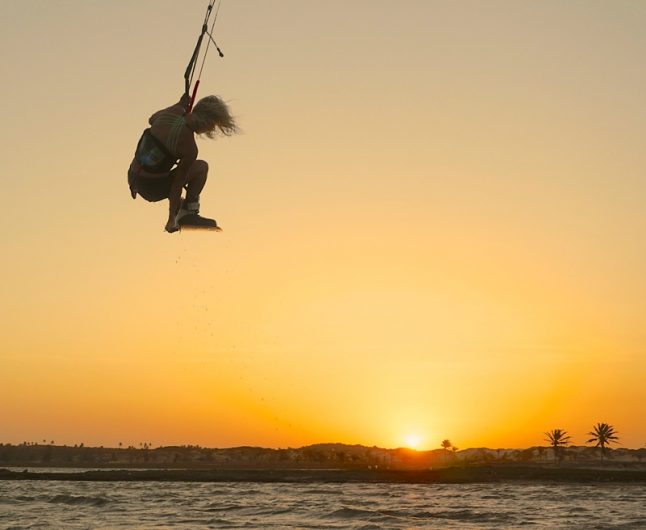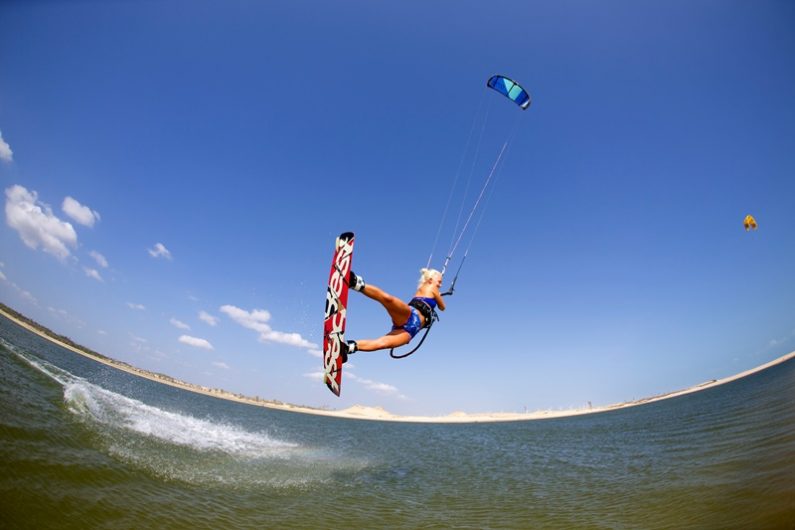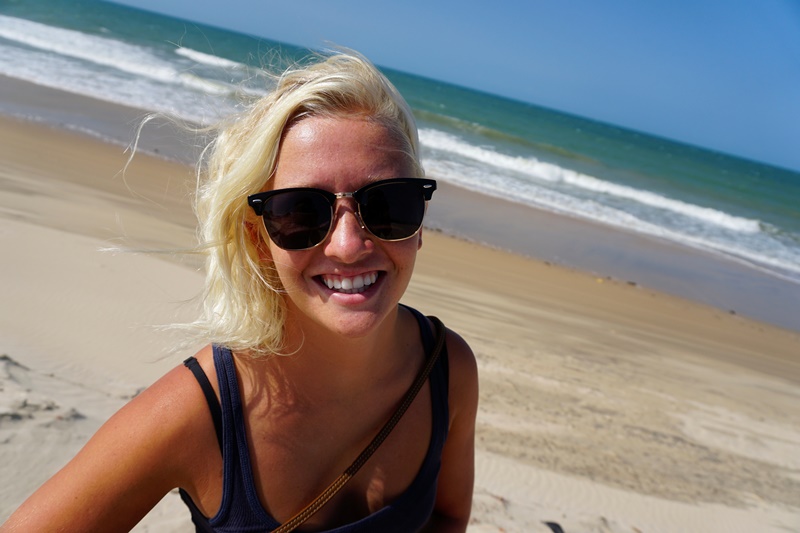Up and coming Canadian rider Lauren Holman shares her inspiration with TKM. On her mission to compete in the Canadian Nationals 2017, she has traveled abroad to the training grounds of the freestyle pros, and learned a few tricks and tips about how to push your riding to the next level. Here's what she had to say:
We’ve all been there. Stuck in our comfort zone, doing the same tricks, and never trying anything new on the water. Speaking from experience, I can say that it is a very frustrating feeling when you are so focused on progressing, but you feel like you are not getting any better.
Everyone progresses at a different pace. Some riders learn new tricks abnormally quickly and all at once, and then are lost as to what to do next. Some riders take time to analyze the technicalities of a new trick and approach it slowly but surely, learning at a steadier pace. Whatever your speed of progression may be, the majority of riders will eventually find their rate of returns to begin diminishing at some point in their career. So, what do you do when you find yourself in this position?
I just arrived home from a 6-week stay in Brazil and my body is absolutely exhausted. I traveled to Brazil with a trick list and by week 5, I had accomplished all of my goals (woohoo!). I still wanted to continue to improve in my remaining time. To avoid always doing the same thing, I started to add in a grab here and there on tricks I felt most comfortable with. All of a sudden, a regular back roll to toe-side becomes much more stylish when you throw in a tail or stale grab!

Aside from trying new grabs, there are other things we can do to keep it interesting every session. Most riders favor one side; for me, it is my left. If you feel that you have exhausted your trick options and abilities on your “good” side, then why not try a jump or railey going the other way? It will feel awkward at first, but at the end of the day, it’s important for a rider to be able to land tricks going both ways. This will give you something to do on both sides and transform you into a more well-rounded kiteboarder.
That being said, sometimes we can get bored with what we are riding. So, why not switch it up? If you are used to being locked in on your twin tip, you might be surprised how much fun you can have if you take out a strapless surfboard or skim board for a session or two. This will take your mind off of the trick that is eating away at you and give you a break from your usual discipline.

Lastly, I think the worst thing you can do is continuously try something that just clearly isn’t working. Instead of “hitting your head against the wall” in a sense, it’s more productive to move on and try something different. Having a handful of tricks that you are working on can help. This gives you other things to try when what you are doing is not coming together. At the end of the day, kiteboarding is supposed to be fun. If you’re not having a good time on the water, then there is surely something you need to change.
Plateaus can be frustrating and demotivating, but I think that if you take into consideration the tips I’ve mentioned above, you will break through any barrier to progression with ease. See you on the water!
Lauren is sponsored by Best Kiteboarding and can be found at Lake Huron, Brights Grove in Ontario when she's not out and about in the world. Here's her latest vid from Brazil:



